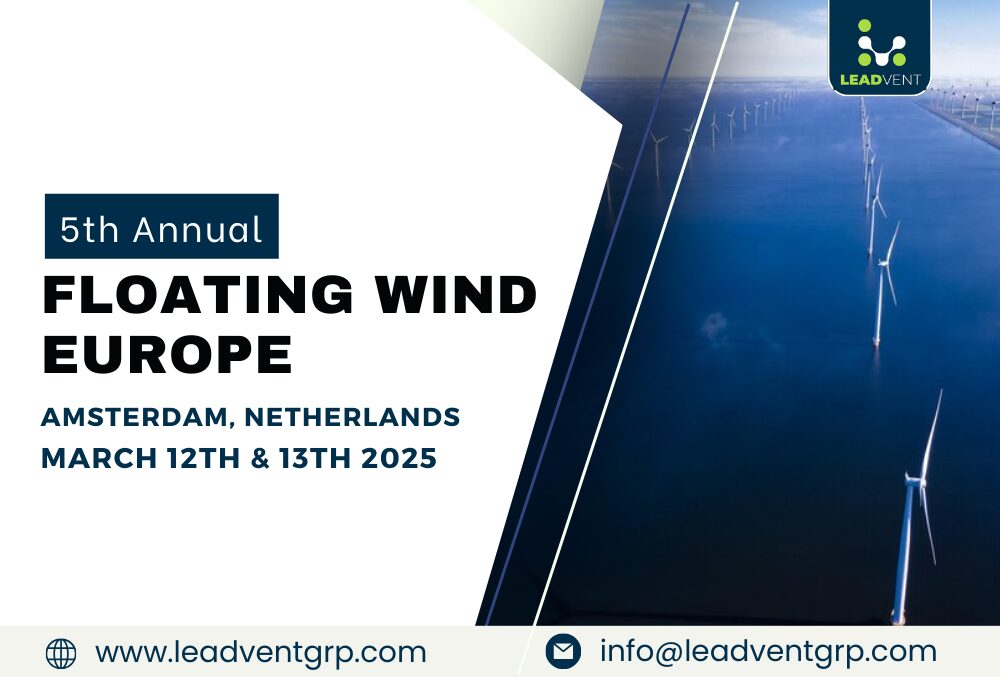
2020 will be a defining year for the built environment, marking the dawn of a decade of action. Central to this is the Intergovernmental Panel on Climate Change (IPCC) Special Report calling for all new buildings to be ‘net-zero’ within the next 10 years, and all existing buildings by 2050 at the latest.
Building and construction are responsible for 39 per cent of all carbon emissions in the world [1], with operational emissions (from energy used to heat, cool and light buildings) accounting for 28 per cent.
The remaining 11 per cent comes from embodied carbon emissions, or ‘upfront’ carbon that is associated with materials and construction processes throughout the whole building lifecycle.
A net-zero carbon building, as defined by the World Green Building Council, is highly energy-efficient and is fully powered on-site or by off-site renewable energy sources.
Cundall has named 2020 the ‘Year of Net Zero’, announcing its resolution to collaborate with industry bodies to change the built environment’s approach to net-zero globally.
With the Green Building Council of Australia (GBCA), Royal Institute of British Architects, Hong Kong’s Construction Industry Council and the Chartered Institution of Building Services Engineers, Cundall is helping to unify the industry and define targets, strategies and transition plans for achieving net-zero carbon in both new and existing buildings.
Sustainability Partner at Cundall, David Clark, said that in the last 12 months, they have seen a significant shift in Australia in the level of urgency and willingness of many in the industry to become zero carbon by 2030.
“We need to make this the norm, and push government policy to catch up so that everyone has to do it,” Mr Clark said.
“Achieving zero carbon is a global challenge that requires strong technical solutions and engineers will play a key role in delivering these,” he commented.
For example, by supporting the next generation of Green Star ratings in Australia, it will raise the bar significantly for sustainable buildings, providing a de-facto standard that other projects can use to define zero carbon, while also driving improvements in the design, construction, material and product supply chains which helps all the non-Green Star projects.
In the United Kingdom, a collaboration with the Royal Institution of Chartered Surveyors and the London Energy Transformation Initiative aims to help unify the UK industry on setting operational energy intensity targets for all building types.
Once agreed, the aim is to get these included in legislation for both new and existing buildings to meet the UK Government’s net-zero greenhouse gas emissions legislation by 2050.
Cundall has also reaffirmed its commitment to achieving net-zero carbon throughout its own business operations, incorporating One Planet Principles, Science-Based Targets and the UN’s Sustainable Development Goals into every element and openly sharing their experiences for others to follow.
In 2019, Cundall’s Australian business became certified Carbon Neutral under the Australian Government’s Climate Active scheme, and in 2020 the business will apply these principles globally.
In declaring 2020 the “Year of Net Zero”, Cundall says that it is reconfirming its commitment to develop net-zero solutions and pathways for new and existing buildings, on its projects, through industry leadership and by sharing the lessons learned from its own sustainability journey over the past 10 years.
Managing Partner at Cundall, Tomás Neeson, confirmed the importance of this for the global business:
“Sustainability is fundamental to Cundall’s future, and achieving net zero carbon is a huge part of that. We are committed to not only achieving net zero carbon throughout our own offices, but to sharing our learnings and leading the conversation around net zero carbon on projects that will likely only become more vociferous as COP26 draws closer.”
“When we first launched our Sustainability Roadmap in 2012 and updated in 2018, we were under no illusions that achieving our ambitious carbon goals would be straight forward. Net zero is a complex issue that needs the type of technical solution that we, as engineers, are well-placed to provide, and it is through the process of continuously learning from our project experience, developing our approach and adjusting our methods that we can succeed,” Mr Neeson commented.
[1] Building and construction activities together account for 36 per cent of global final energy use and 39 per cent of energy-related carbon dioxide (CO2) emissions when upstream power generation is included. Source – Global Status Report 2017.









